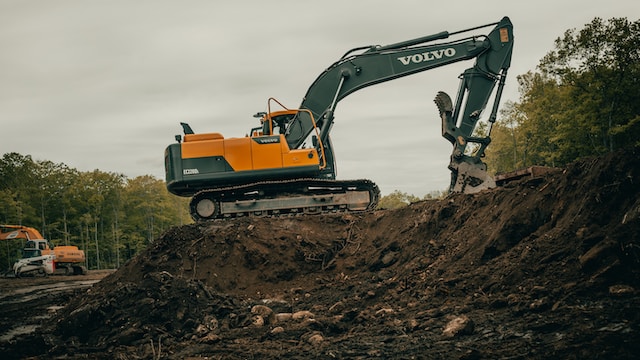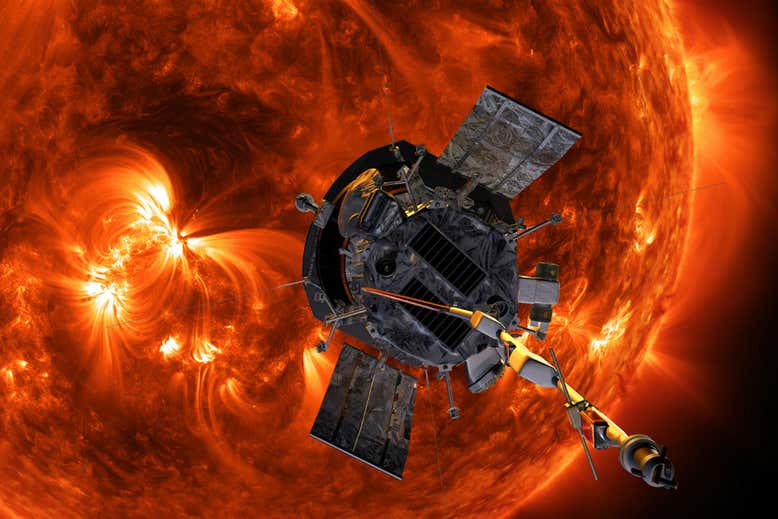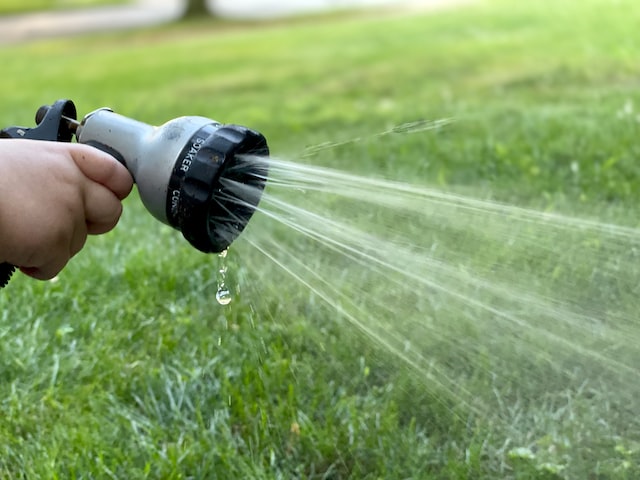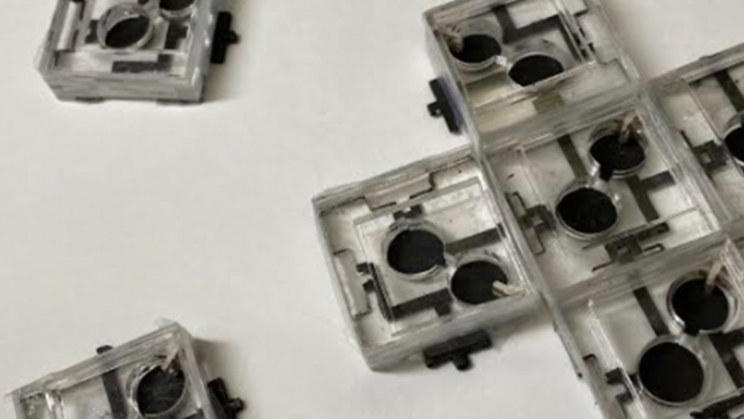The National Transportation Safety Board (NTSB) urged the U.S. regulators to make it mandatory to install alcohol monitoring systems on new vehicles.
According to the estimates of the National Highway Traffic Safety Administration (NHTSA), there were 42,915 people killed in motor vehicle accidents in 2021, an increase of over 10% compared to 2020.
The statistics of 2020 shows that there were 11,654 deaths related to alcohol-related traffic accidents in the US, accounting for 30% of the total number of traffic deaths and an increase of 14% compared to 2019.
The whole affair seems to be getting worse over the years. In mid-September 2022, the National Transportation Safety Board suggested the NHTSA issue a regulation that requires the installation of an alcohol meter.
The NTSB’s new proposed measures are aimed at preventing tragic road accidents. The NTSB states that action must be swift on the part of the NHTSA in order to prevent further damage.
If approved, this measure could help reduce the number of alcohol-related crashes, which are one of the leading causes of fatal traffic accidents on US roadways.
According to NTSB Chair Jennifer Homendy, encouraging the use of alcohol monitoring technologies has been ongoing since 2012. However, selecting technologies and standardizing alcohol measurement equipment takes a significant amount of time.
In fact, the US Congress approved an infrastructure bill last year that requires the NHTSA to require automobile makers to implement alcohol monitoring devices within three years. However, according to ABC News, the NHTSA is frequently slow to issue such restrictions.
The regulation did not define the type of technology, instead emphasizing the need for “passive alcohol detection” of the driver to assess whether or not the motorist was intoxicated.
Indeed, there have been various technological advances in alcohol detection, such as a sensor that automatically tests the driver’s breath.
Another business is developing equipment that can detect blood alcohol concentrations at the tip of the finger. The technology to monitor concentration through the breath is likely to be ready by 2024, while touch technology might be accessible as soon as next year.







